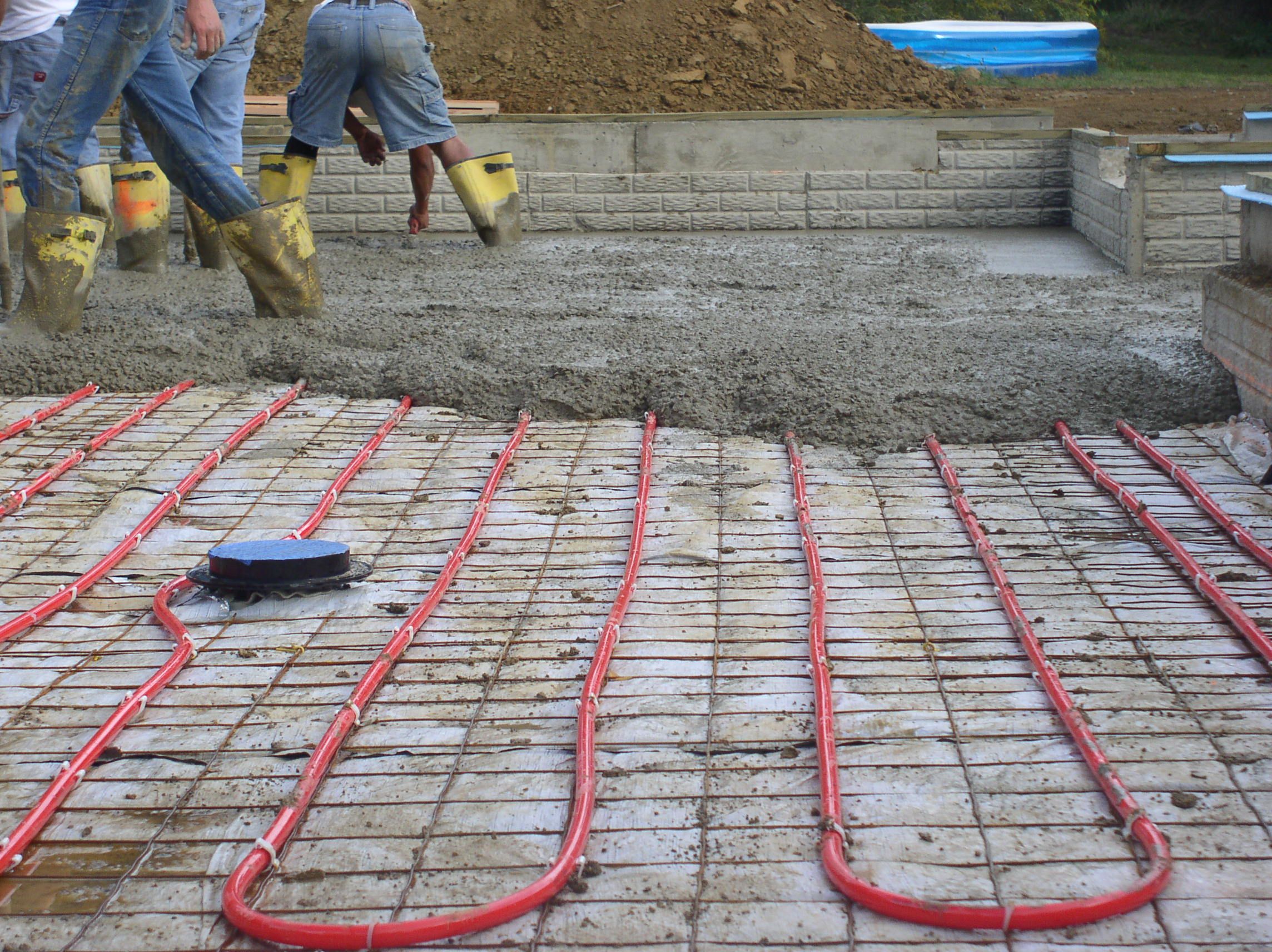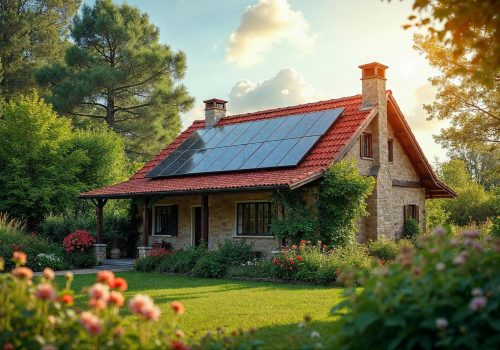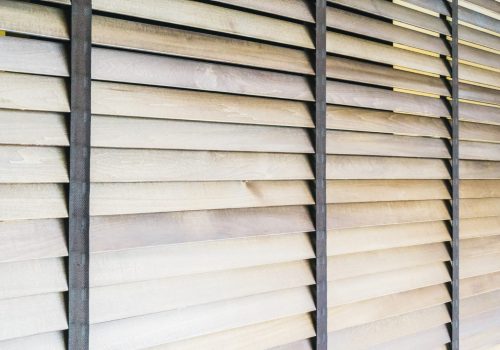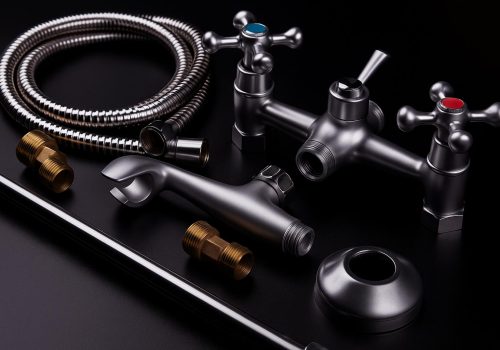Energy Saving Hydronic Heating Insulation
So, what exactly is hydronic heating insulation? Why is it that even though it is growing more costly to install, many people still choose to install this sort of heating system?
This heating system makes use of hot water from a boiler or a heater. This will act as a heat transfer medium. Radiators or radiant loops are used as heat transmission devices in this heating system. Aluminum finned copper tubing is also used, which is particularly efficient in transporting heat.
The hot water may be circulated via loops of tubing on the subfloor that loop back and forth. The tube is frequently encased in a slab of concrete or lighter-weight gypsum cement. Alternatively, this may be secured to the subfloor’s bottom.
Hydronic Heating Insulations
The idea of warm feet as a crucial comfort component is used in void form insulation. This contributes to the popularity of this heating system. During the winter, who wouldn’t want to experience warm comfort from their toes up? However, purchasing and installing this might be costly.
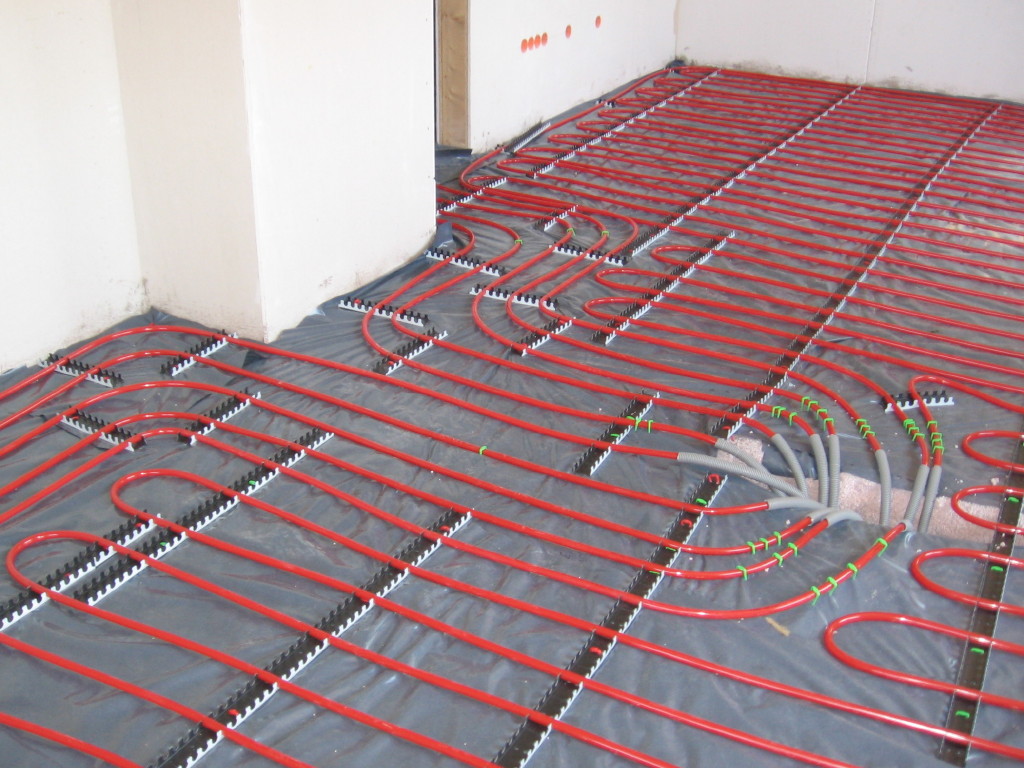
This is often stapled to the sub-floor, implanted in a concrete slab, or stretched between ceiling joists to let heat radiate from the ceiling. However, if you want to implant this gadget in a concrete slab, be warned that the reaction time will be sluggish and progressive. If you choose to install this device in this manner, make sure the water is always flowing and that the thermostat is adjusted to the appropriate temperature and left alone.
The benefit of employing hydronic heating insulation is that you may use a range of different energy sources. You may heat your water using a gas water heater, an electric boiler, a wood boiler, a heat pump, a solar collector, or geothermal energy. You may also switch to a less costly heating source if your present heating source gets too pricey.
Walking on a tile floor that has been warmed by direct sunshine is akin to this. This heating system transmits heat from one source to another, unlike conventional heating systems that pump warm air into your home. As a result, this is a more environmentally friendly method of heating your home throughout the winter. You may use the void form insulation for it.
With this hydronic heating insulation system, you may also modify temperatures in various regions of your home. It offers zone control, which lets you set various temperatures in various rooms while also conserving energy using hydronic heating insulation. For more information visit our Website.

